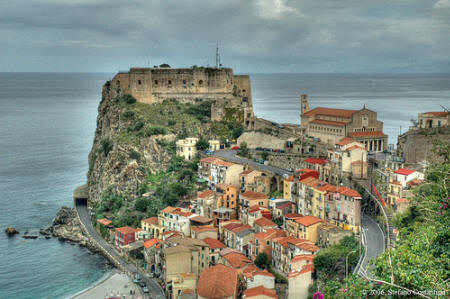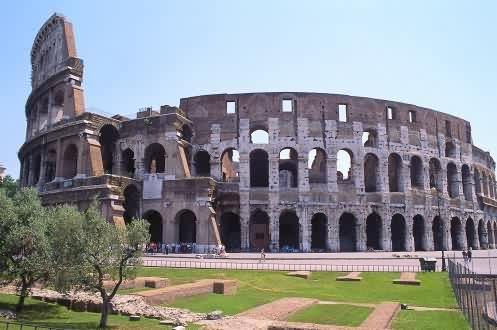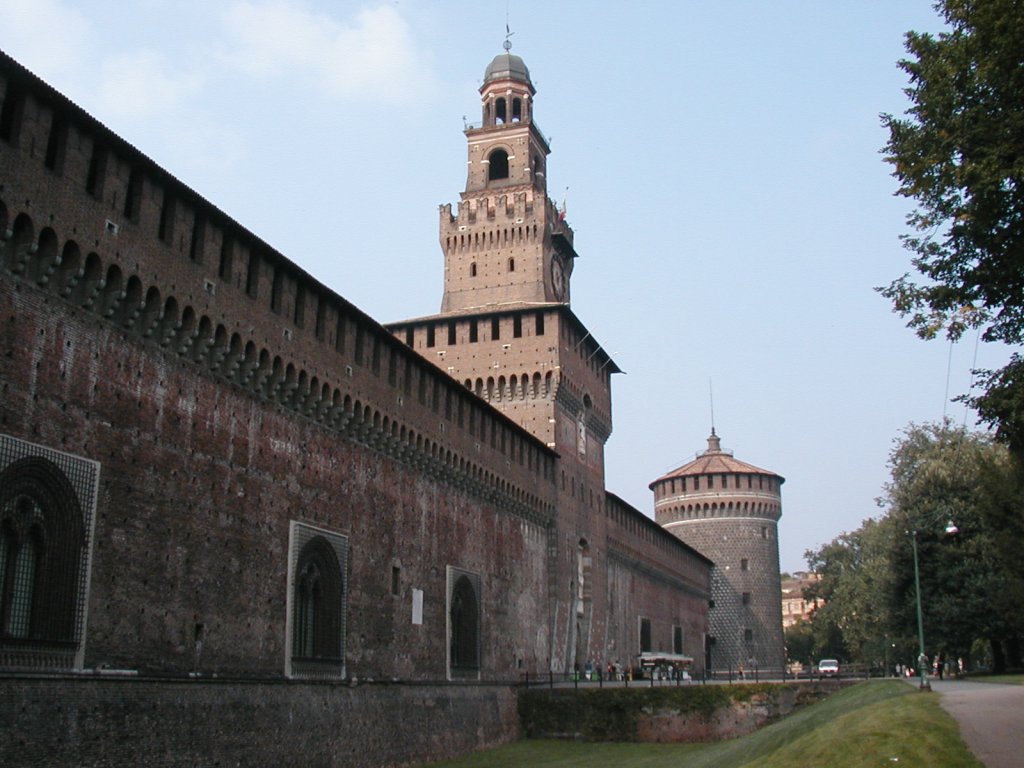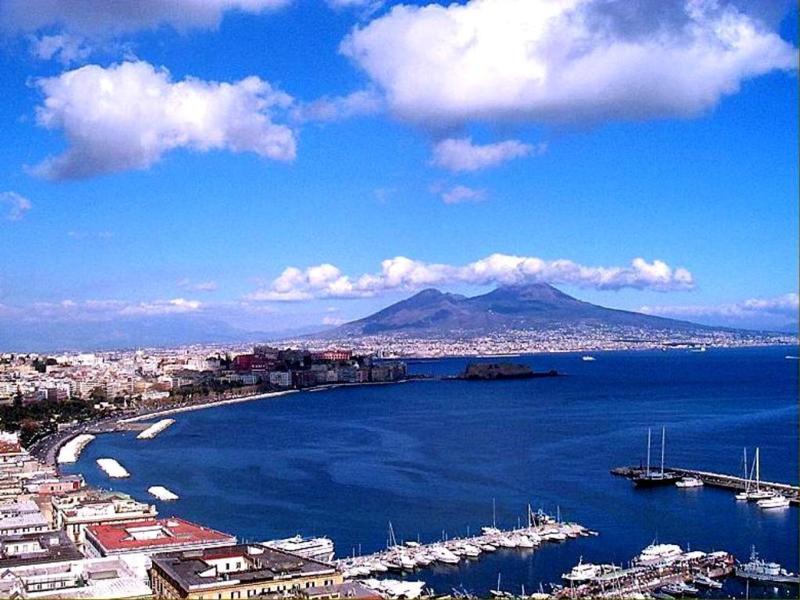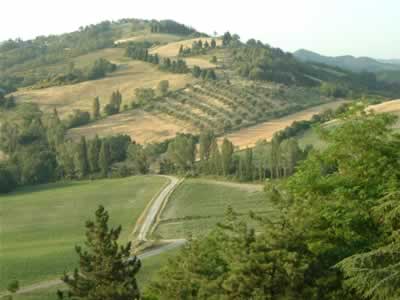Venice
Monday, November 19th, 2007Venice, the “water cityâ€, is one of the most picturesque cities in the world. The main city is divided into sestieri (six administrative districts). The word sestieri stands for “one-sixthâ€. The six districts are San Marco, Castello, Cannaregio, S.Croce, S.Polo and Dorsoduro.
Waterways in Venice
Waterways in Venice act as more than a novelty; these are the equivalent of roads of any other city. The city is criss-crossed by 411 bridges and 150 canals, including the world famous Grand Canal, which is a massive 3800 meter long waterway. The city also bears 118 small islands, which serve as the foundation of this wondrous destination for tourists from all over the world. The waterways can be navigated using water-buses (economical public conveyance) or private water-taxis (more expensive but private conveyance). For tourists with a big budget, the romantic gondolas hold the greatest appeal. These are long intricately decorated boats, especially created for couples looking for a romantic getaway.
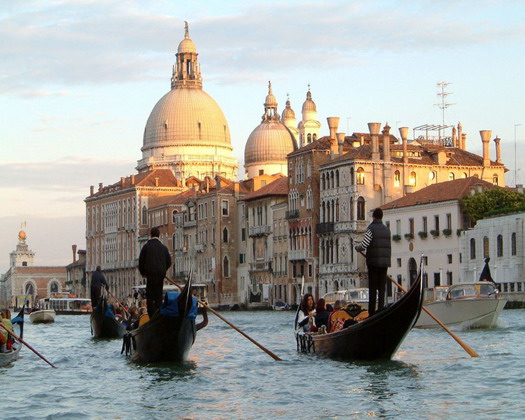
Gondola, the mark of Venice
The Gondola is the symbol of Venice to the rest of the world. The Gondola is 11 meters long and weights 600 kg but still can be maneuvered very comfortably with a single oar and by only one person, called the gondolier in Venice. The Gondola is also one of a kind in its construction technique; it is asymmetric and so while on the move it is always tilted to one side. Its flat bottom allows it to sail on even the few centimeters deep lagoons. Eight different kinds of wood are used in its construction and it consists of nearly 280 different parts. The only metal elements in a gondola are the typical “iron partâ€, located at the prow and “curly partâ€, which is located at the stern.
Sightseeing in Venice
Castello is the largest district in the city, which includes the island of San Pietro di Castello, connected to the city with a long bridge, which used to be a nucleus of religion in the past. The most ancient cathedral of Venice is located in this area. Arsenale, the ages old shipyard (which boasts of a splendid entrance portal surrounded by two enormous lions) of the Serenissima is also located within this district. The district also hosts the church of Santa Maria dei Miracoli, one of the most gorgeous examples of Venetian architecture dating back to the time of the renaissance. The awe-inspiring gothic-renaissance basilica located in Campo dei SS. Giovanni e Paolo attracts tourists by its ageless splendor. Barbaria delle Tole region in the district holds the convent of San Francesco della Vigna, which is a gothic building with three cloisters located in the working-class area of the city. The Church of San Giorgio dei Greci located in the Riva degli Schiavoni serves as a tribute to the Greek-orthodox community in the city. The extremely popular Venice art festival takes place at Giardini, accessible through Via Garibaldi, which is located just beside Arsenale.
What to buy
Venice is well known for its local arts and crafts that have been created here for centuries and are almost impossible to find elsewhere – Venetian glassware, the cartapesta (papier-mâché) Carnevale masks, and the delicate lace clothing from Burano – to name a few. Custom made masks are also available. Besides in many shops, customers get to see artisans creating and painting the masks in front of the prospective buyers themselves.
